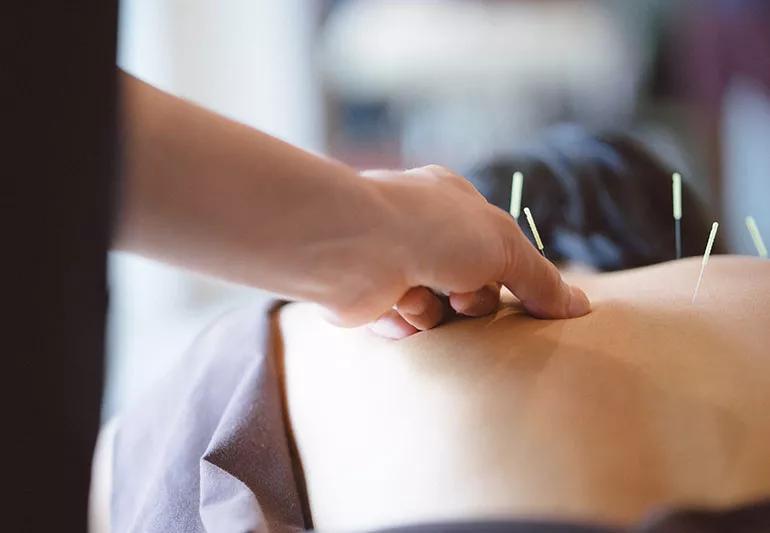The short answer from a spine specialist

A: First of all, it’s important to know that in time, things will improve. Back pain like yours that is acute (lasting less than one month) or subacute (lasting one to three months) usually gets better as time goes on. This is true no matter what treatment is used.
Advertisement
Cleveland Clinic is a non-profit academic medical center. Advertising on our site helps support our mission. We do not endorse non-Cleveland Clinic products or services. Policy
Try easing your way back to exercising when you feel the pain has lessened a bit. Exercise remains the main strategy for returning to full function during an acute bout of low back pain.
If acute or subacute low back pain doesn’t resolve on its own, we agree with American College of Physicians guidelines that recommend:
These options can facilitate your rapid return to exercise and function.
The key is to avoid prolonged rest, which accelerates the risk of disability and deconditioning.
Occasionally, short-term use (five to 10 days) of non-steroidal inflammatory medications (such as naproxen, ibuprofen or celecoxib) or muscle relaxants (such as baclofen, metaxalone, or tizanidine) can help improve pain enough to return you to your regular exercise/fitness program.
As always, we recommend consulting with your doctor if your lower back pain is causing you additional concern and there are no signs of improvement.
— Spine specialist Phillip Mendis, DO.
Advertisement
Learn more about our editorial process.
Advertisement

Hanging upside down for any length of time may decompress the tension in your spine

When your lower back hurts, stretching and staying active can be key to finding relief

Drinking alcohol can cause nerve pain, dehydration and weight gain, which can all lead to back pain

Your sleep position, immobility, mattress and underlying conditions can all cause morning back pain

Rest may be all you need to get rid of running-related lower back pain

It’s always a good idea to let a healthcare provider know about any back pain you’re experiencing, especially if it results from trauma or persists longer than three months

From physical and biofeedback therapy to nerve ablations and blocks, there are many nonsurgical options for managing back pain

Rest, physical therapy, acupuncture and nerve blocks are just a few ways to find relief

Start having sex about 72 hours before ovulation, then at least every other day during your fertile window

Attachment theory suggests that your earliest relationships shape connections throughout your life

It isn’t a recognized mental health disorder, but research shows that problematic social media use can negatively affect your mental health, self-esteem and sleep